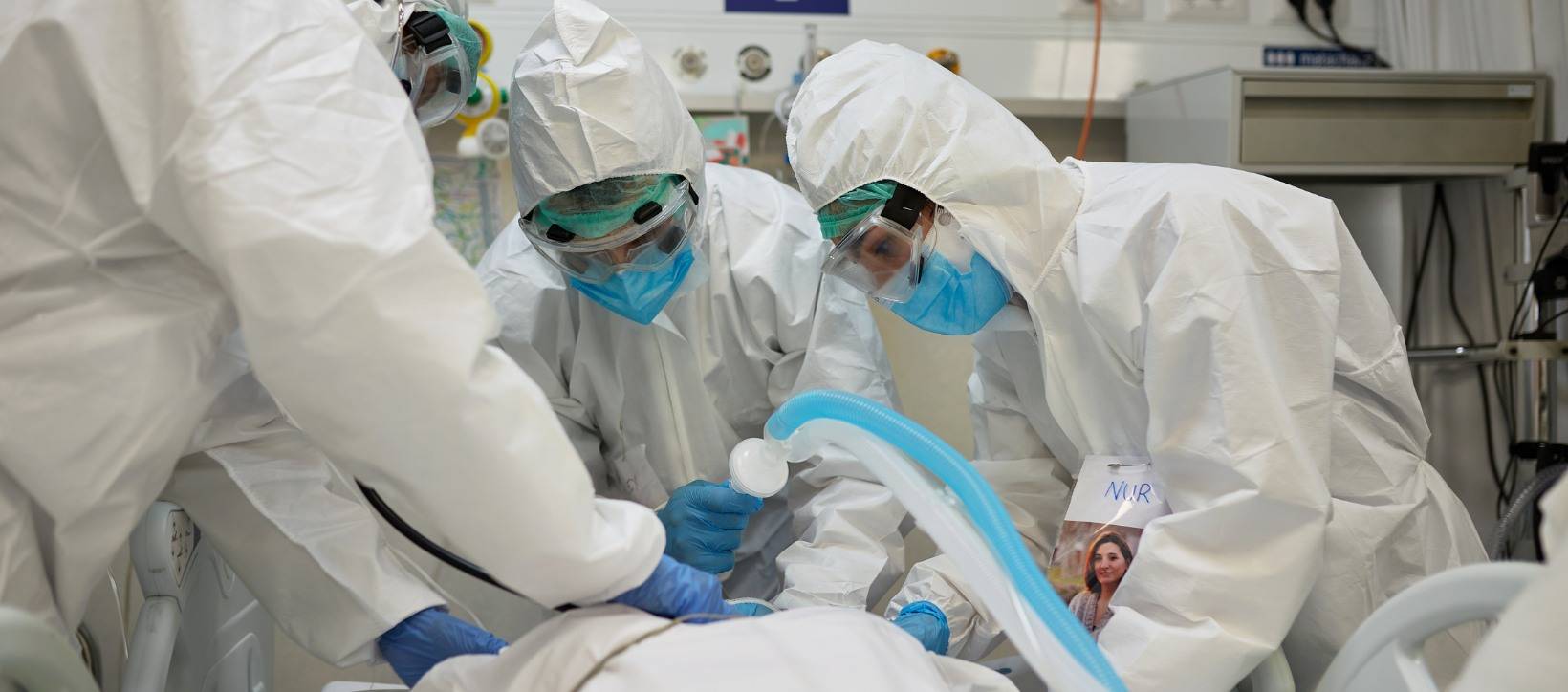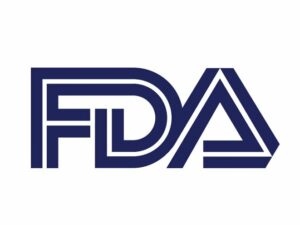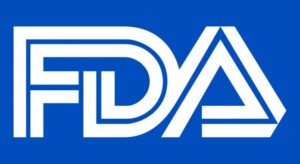The article addresses the aspects related to the labeling requirements and also describes the key considerations for human factors testing.

Table of content
The Food and Drug Administration (FDA or the Agency), the US regulating authority in the sphere of healthcare products, has published a guidance document dedicated to technical considerations for medical devices with physiologic closed-loop control technology.
The document provides an overview of the applicable regulatory requirements, as well as additional clarifications and recommendations to be taken into consideration by medical device manufacturers and other parties involved to ensure compliance thereto.
At the same time, provisions of the guidance are non-binding in their legal nature, nor are they intended to introduce new rules or impose new obligations.
Moreover, the authority explicitly states that an alternative approach could be applied, provided such an approach is in line with the existing legislation and has been agreed with the authority in advance.
The scope of the guidance covers, inter alia, the aspects related to human factors testing the products in question should undergo, as well as the requirements for labelling to be used for such devices.
Human Factors Testing: Key Points
Manufacturers aiming to perform human factors testing for the PCLC device should take into consideration the recommendations set out in the FDA guidance document, titled “Applying Human Factors and Usability Engineering to Medical Devices”.
This document highlights various kinds of human factors validation tests, which include simulated use testing and actual use testing.
Concerning PCLC devices, simulated use testing can involve hardware-in-the-loop configurations.
This kind of testing employs computational models that represent patient physiology. While most human factors validation tests are generally conducted in simulated environments to ensure thorough risk management testing related to critical tasks, there might be situations where clinical setting tests become essential.
This is due to potential unpredictable automation-related use errors.
In such instances, conducting human factors validation tests during the device’s actual use is deemed more suitable.
Manufacturers need to determine whether simulated settings are adequate for evaluating every use scenario linked to device automation.
If not, actual use testing may be necessary.
When performing tests in any environment, manufacturers should ensure that the use scenarios and subsequent post-test surveys are structured to gather data on automation-related risks.
This includes automation biases and complacency.
It is also important to mention that if the labelling comes with instructions for the user to detect and mitigate emerging unsafe conditions, then results from the human factors tests should confirm that user intervention is a sufficient risk control method.
The authority additionally emphasizes that irrespective of whether the test is simulated or actual, participants should undergo training similar to the training provided during the device’s real-time usage.
Furthermore, before conducting any test, manufacturers are advised to obtain feedback on the PCLC device’s human factors testing protocol via the Q-Submission Program described in detail in a separate guidance document issued by the FDA.

Training for PCLC Device Users
As it was mentioned before, medical device manufacturers are recommended to develop and implement training for PCLC device users, in line with the FDA guidance document mentioned above.
The respective training plan should be incorporated in the premarket submission, displaying that users have attained the competence required to safely operate the PCLC device post-training.
Training materials should be comprehensive, ensuring users are duly informed of:
- The device’s role in patient management.
- Conditions affecting the device’s performance.
- How to operate and configure the device via its user interface.
- Understanding of both automated and non-automated modes.
- Protocols for switching between modes based on the clinical situation and other scenarios.
- How to detect nearing control strategy limitations.
- Responses to device errors or warnings.
- How to deal with unexpected automation-related use errors.
Training plans might also incorporate simulation-based exercises in suitable clinical settings alongside the standard training program.
Trainees experiencing hazardous situations in practice sessions can enhance their critical thinking capabilities, thereby reducing errors tied to automation.
Labeling Recommendations for PCLC Devices
The scope of the guidance also covers the matters related to the labelling requirements medical devices utilising the PCLC technology should meet to comply with the relevant regulatory provisions.
In particular, according to the guidance, to ensure that labelling meets the requirements of 21 CFR parts 801 and 809, and other relevant premarket submission labelling standards, manufacturers should incorporate the necessary information as outlined in IEC 60601-1-10 Edition 1.2 2020-07, especially Clauses 5.1 and 5.2.
The labelling should provide an exhaustive description of the PCLC device, including:
- Detailed descriptions of its physiological measuring sensor, actuator, and control algorithm.
- Alarm specifics, including conditions, associated risks, and expected user actions.
- Summaries of clinical or non-clinical tests.
- Clear descriptions of device operations, highlighting any limitations.
- Information about what the device does and doesn’t do about patient management.
- Fallback modes and their implications.
- Data logging features and system programming details.
- Accessories compatibility information.
- Instructions for verifying the device’s functionality.
- Maintenance and servicing protocols, including labels on reusable components.
Conclusion
In summary, the present FDA guidance outlines the main requirements PCLC products should comply with to ensure their safety and proper performance when used for the intended purpose.
The document highlights the key points medical device manufacturers should pay attention to to ensure compliance with the existing legal framework.
How Can RegDesk Help?
RegDesk is a holistic Regulatory Information Management System that provides medical device and pharma companies with regulatory intelligence for over 120 markets worldwide. It can help you prepare and publish global applications, manage standards, run change assessments, and obtain real-time alerts on regulatory changes through a centralized platform. Our clients also have access to our network of over 4000 compliance experts worldwide to obtain verification on critical questions. Global expansion has never been this simple.
Want to know more about our solutions? Speak to a RegDesk Expert today!
-->- SEO Powered Content & PR Distribution. Get Amplified Today.
- PlatoData.Network Vertical Generative Ai. Empower Yourself. Access Here.
- PlatoAiStream. Web3 Intelligence. Knowledge Amplified. Access Here.
- PlatoESG. Carbon, CleanTech, Energy, Environment, Solar, Waste Management. Access Here.
- PlatoHealth. Biotech and Clinical Trials Intelligence. Access Here.
- Source: https://www.regdesk.co/fda-guidance-on-physiologic-closed-loop-control-technology-human-factors-testing-and-labeling/
- :has
- :is
- :not
- :where
- 1
- a
- About
- above
- access
- According
- actions
- actual
- Additional
- Additionally
- addresses
- advance
- advised
- affecting
- agency
- Aiming
- alerts
- algorithm
- alongside
- also
- alternative
- an
- and
- any
- applicable
- applications
- applied
- approach
- ARE
- article
- AS
- aspects
- assessments
- associated
- attained
- attention
- authority
- Automated
- Automation
- based
- BE
- become
- been
- before
- between
- biases
- both
- by
- CAN
- capabilities
- centralized
- change
- Changes
- clients
- Clinical
- comes
- Companies
- compatibility
- compliance
- comply
- components
- comprehensive
- computational
- concepts
- conclusion
- conditions
- conducted
- conducting
- Confirm
- consideration
- considerations
- control
- could
- covers
- critical
- data
- deal
- dedicated
- deemed
- definitions
- described
- description
- detail
- details
- detect
- Determine
- develop
- device
- Devices
- displaying
- do
- document
- does
- Doesn’t
- drug
- due
- during
- edition
- Egypt
- emerging
- emphasizes
- employs
- Engineering
- enhance
- enhancements
- ensure
- ensuring
- Environment
- environments
- Errors
- especially
- essential
- evaluating
- Every
- existing
- expansion
- expected
- experiencing
- expert
- experts
- explicitly
- factors
- fda
- Features
- feedback
- For
- Framework
- from
- functionality
- gather
- generally
- Global
- global expansion
- guidance
- Have
- healthcare
- help
- highlighting
- highlights
- holistic
- HTTPS
- human
- human factors
- if
- implement
- implications
- important
- impose
- in
- include
- includes
- Including
- incorporate
- Incorporated
- information
- informed
- instances
- instructions
- Intelligence
- intended
- Interface
- intervention
- into
- introduce
- involve
- involved
- irrespective
- Issued
- IT
- ITS
- jpg
- Key
- Kind
- Know
- labeling
- labelling
- Labels
- Legal
- legal framework
- Legislation
- limitations
- Line
- linked
- logging
- Main
- manage
- management
- management system
- Manufacturers
- Markets
- materials
- Matters
- max-width
- May..
- measuring
- medical
- medical device
- medical devices
- Meet
- Meets
- mention
- mentioned
- method
- might
- Mitigate
- models
- modes
- more
- most
- Nature
- nearing
- necessary
- Need
- network
- never
- New
- nor
- obligations
- obtain
- of
- on
- operate
- Operations
- or
- Other
- our
- out
- outlined
- outlines
- over
- overview
- participants
- particular
- parties
- parts
- patient
- Pay
- perform
- performance
- performing
- Pharma
- Philippines
- plan
- plans
- platform
- plato
- Plato Data Intelligence
- PlatoData
- points
- potential
- practice
- Prepare
- present
- processing
- Products
- Program
- Programming
- proper
- protocol
- protocols
- provide
- provided
- provides
- publish
- published
- purpose
- question
- Questions
- real-time
- recommendations
- recommended
- reducing
- regulating
- regulatory
- related
- relevant
- represent
- required
- Requirements
- respective
- Results
- reusable
- Risk
- risk management
- risks
- Role
- rules
- Run
- safely
- Safety
- same
- scenario
- scenarios
- scope
- separate
- servicing
- sessions
- set
- setting
- settings
- should
- similar
- Simple
- situation
- situations
- Solutions
- Source
- speak
- specifics
- Sponsored
- standard
- standards
- States
- Strategy
- structured
- submission
- subsequent
- such
- sufficient
- suitable
- SUMMARY
- system
- Take
- taken
- tasks
- Technical
- Technology
- test
- Testing
- tests
- that
- The
- their
- then
- There.
- thereby
- they
- Thinking
- this
- Through
- Tied
- time
- titled
- to
- Training
- undergo
- Unexpected
- unpredictable
- us
- usability
- Usage
- use
- used
- User
- User Interface
- users
- validation
- various
- Verification
- verifying
- via
- want
- was
- WELL
- What
- when
- whether
- which
- while
- with
- worldwide
- you
- zephyrnet












